We may earn money or products from the companies mentioned in this post. This means if you click on the link and purchase the item, I will receive a small commission at no extra cost to you ... you're just helping re-supply our family's travel fund.
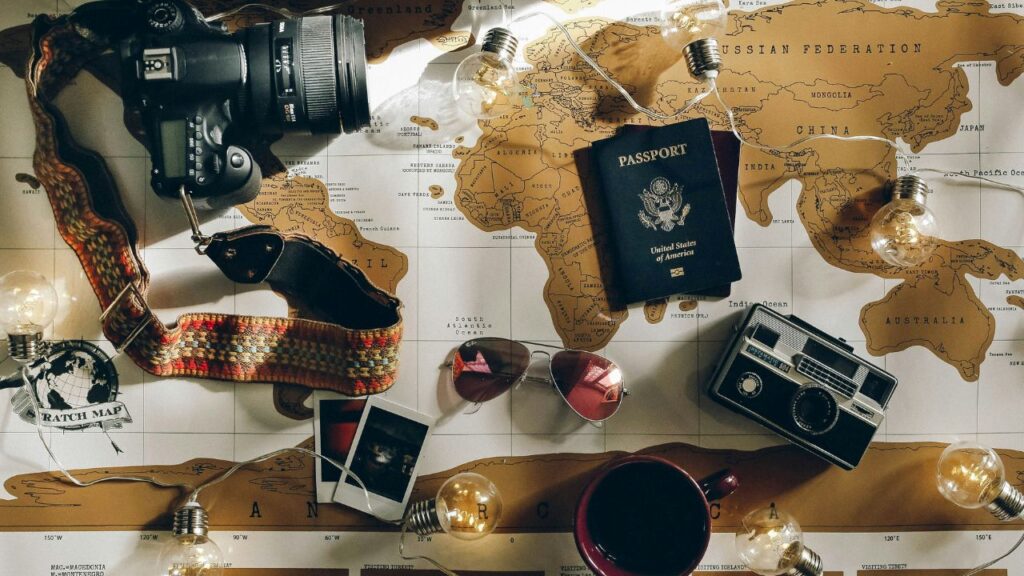
The way we traveled in the 90s feels like a different universe compared to now. No smartphones, no booking apps, no social media. It was slower, more tactile, and in some ways, more adventurous. Today’s travelers might raise an eyebrow at how we managed, but there’s something charming about the low-tech freedom of it all. Let’s dive into 13 travel trends from the 1990s that would definitely turn heads today.
Booking Through Teletext
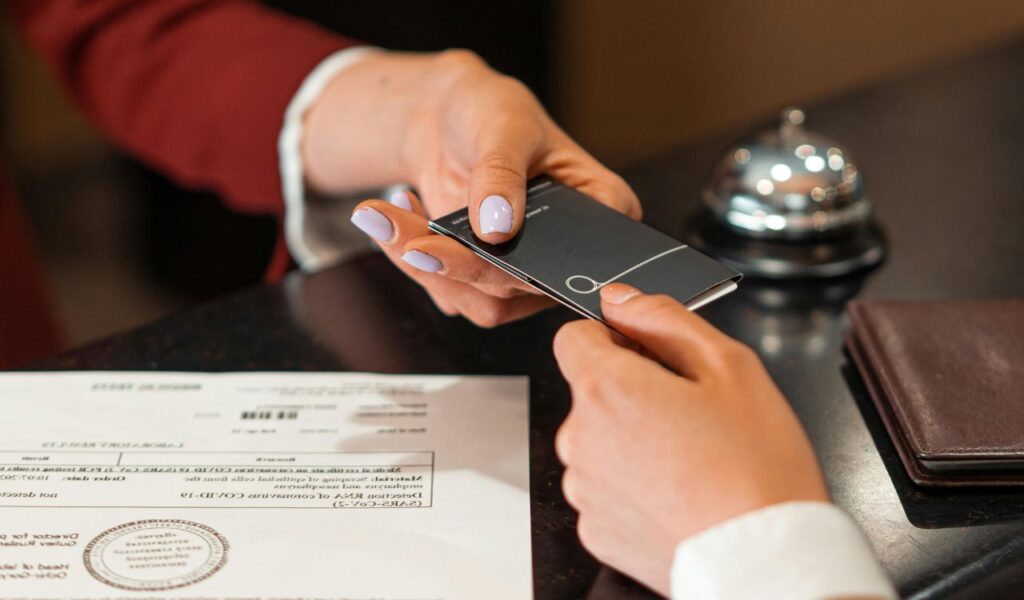
In the 90s, finding a holiday deal meant flipping through Teletext pages on your TV, jotting down reference numbers, and calling a phone line to reserve it. There were no photos, no reviews, just blocks of text and trust. The process was slow, often clunky, but it felt cutting-edge at the time. Compared to today’s instant booking with filters and price trackers, it was a whole different world of vacation planning and guesswork.
Visiting a Travel Agent
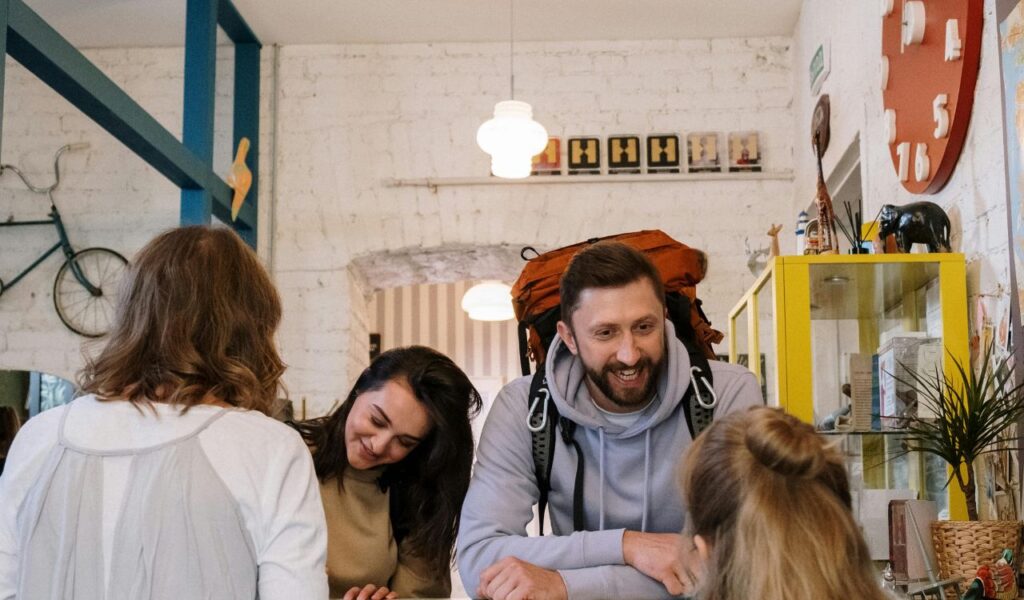
Back then, planning a trip meant sitting at a desk with a travel agent, flipping through glossy brochures, and trusting their suggestions. It was a hands-on experience that felt personal, but offered limited control. Agents booked everything, from flights to hotels, and handed you a folder with all the paperwork. These days, that role’s been replaced by apps and booking sites, but the ritual of it still holds a nostalgic charm.
Using Phone Booths and Internet Cafés

Staying connected wasn’t as easy as sending a text. Travelers searched for payphones and hoped they had change. Later, internet cafés let you send emails or check messages, but you had to pay by the minute and wait your turn. No FaceTime, no Wi-Fi, no social updates. You were either off the grid or standing in line to talk to someone back home. It added a real sense of distance to travel that’s hard to imagine now.
Relying on Guidebooks
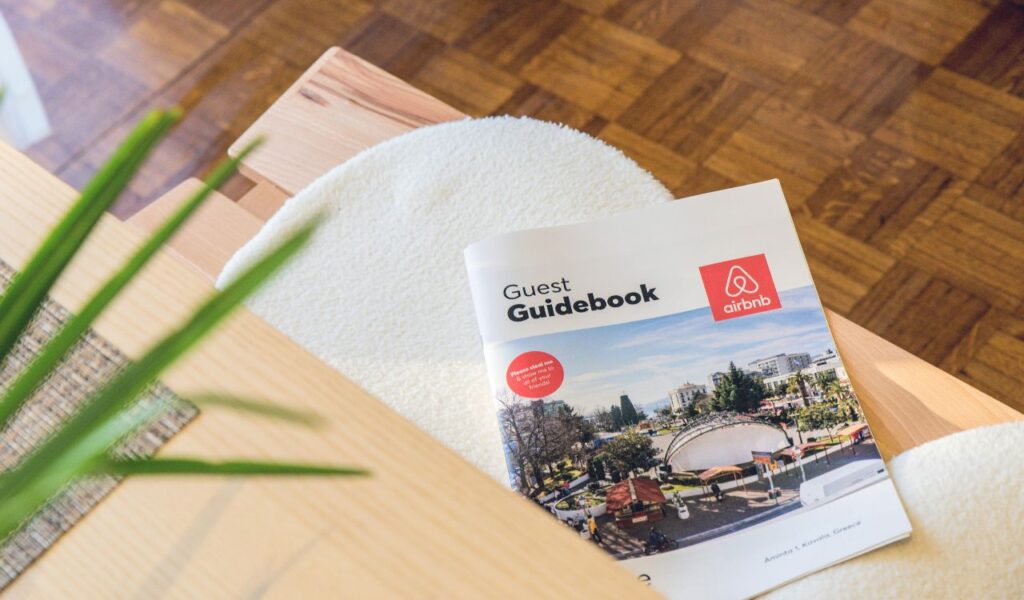
Travelers didn’t have Google Maps or Yelp to lean on. You carried a chunky guidebook everywhere, highlighted, dog-eared, and marked with sticky notes. Lonely Planet, Frommer’s, and Rick Steves were sacred texts. If something wasn’t listed, you probably didn’t find it. It gave trips a more curated, slower feel, but you had to hope the info wasn’t outdated. A missed bus or closed restaurant was all part of the charm.
Carrying a Film Camera
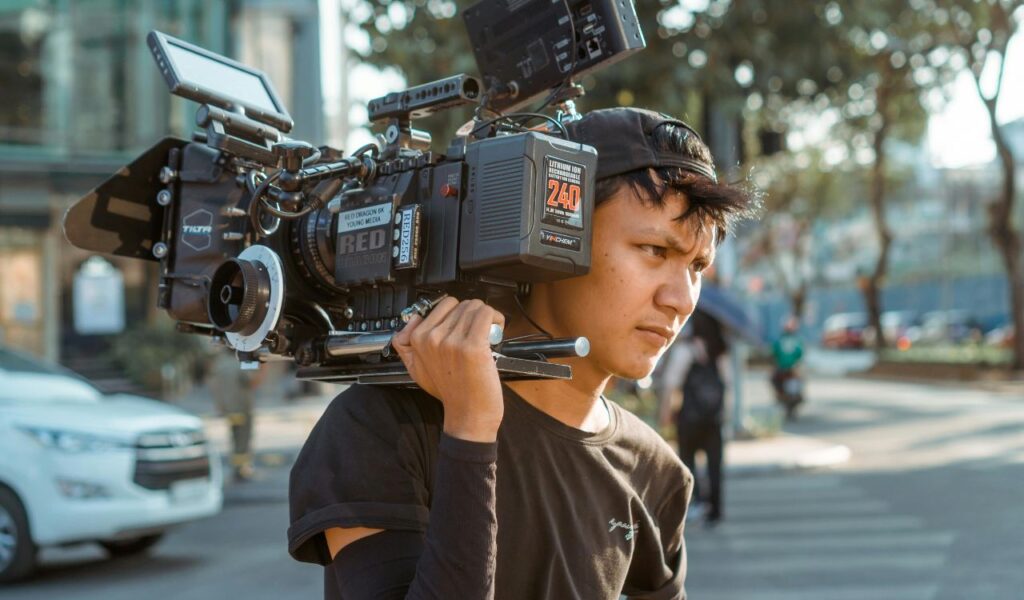
Every shot counted. With film cameras, you had 24 or 36 exposures to capture your entire trip. No preview screen, no second chances. You’d return home, drop off your film, and wait days to see if you nailed that Eiffel Tower shot or just got your thumb. People posed carefully, lighting mattered, and you’d often come back with surprises, good and bad. It made photography a slower, more thoughtful process than today’s snap-happy style.
Two-Week Holidays Were the Norm

In the 90s, people saved all year for one big vacation, usually two weeks long, often to a sunny beach. It was common to stay in one hotel the whole time, relax, and unwind. Weekend trips weren’t trendy yet. Travel felt like a special event, not something casual or frequent. Today’s culture of short city breaks and flexible work trips didn’t exist. A big trip meant a long break, and that made it feel more luxurious.
Using Paper Tickets and Boarding Passes

Your flight depended on that single sheet of paper. Lose it, and you were in trouble. Tickets weren’t digital, no barcode on your phone. You carried a full folder of documents: tickets, hotel vouchers, itineraries. Gate agents manually tore off stubs. It was stressful and bulky, but also kind of exciting to flip through your travel papers. These days, most of us barely print anything before boarding a flight.
Having No Access to Online Reviews

Choosing a place to eat or stay meant relying on instinct, recommendations, or a guidebook blurb. There were no star ratings, comment sections, or comparison tools. You might walk into a random restaurant and hope for the best. Sometimes it was amazing, sometimes a disaster. The lack of information added risk but also surprise. Today’s reviews help, but in the 90s, part of the adventure was rolling the dice on the unknown.
All-Inclusive Package Deals
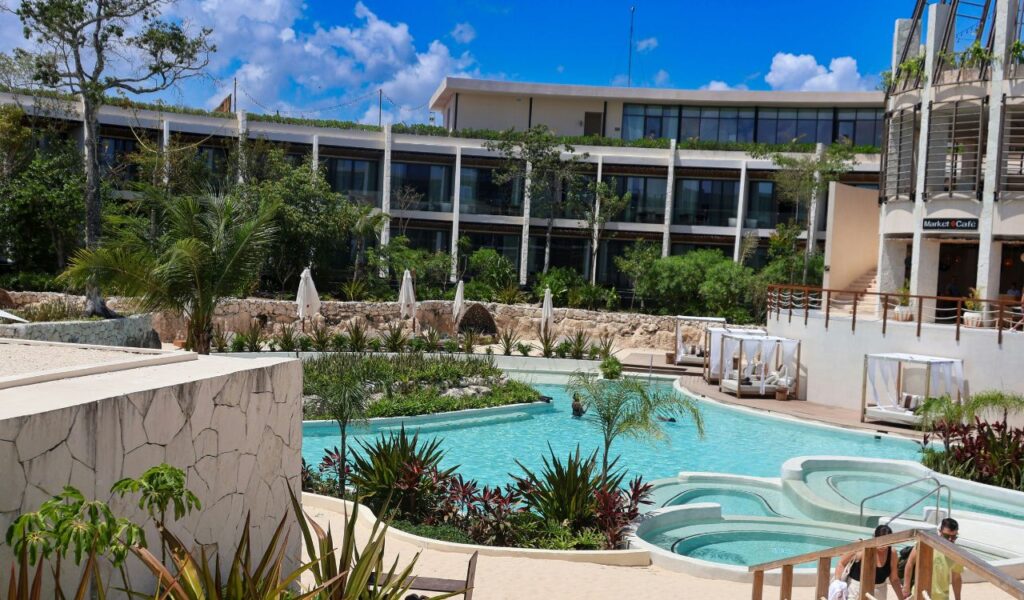
Package holidays were king. Tour operators bundled flights, hotels, meals, and transfers into one easy deal. It was convenient and cheap, especially for families or first-time travelers. You didn’t plan day-to-day details, the itinerary was already made. While independent travel has taken over today, all-inclusives were a reliable way to escape, relax, and not think too much. Some still prefer it, but it dominated the 90s scene.
Limited Flight Options and No Budget Airlines
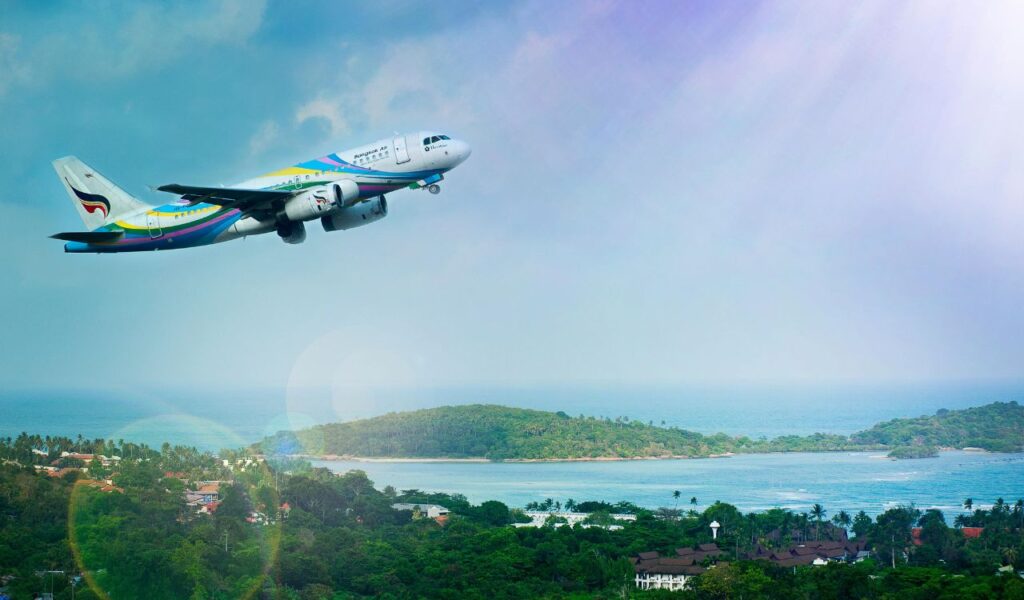
Flying was more expensive, less frequent, and way less flexible. Budget airlines were rare or just emerging. There were fewer routes and little price competition. Booking international trips often meant going through a travel agent. You paid more and planned far in advance. The rise of cheap carriers, flash sales, and comparison sites completely changed the game, but in the 90s, flying still felt like a big deal.
Mailing Postcards Instead of Posting Stories
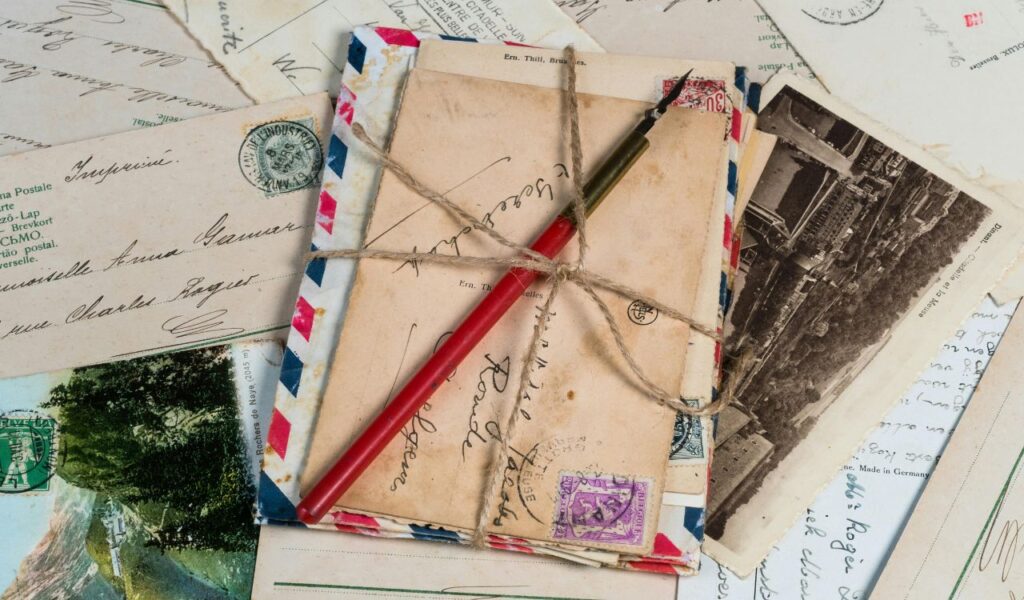
To share your travels, you didn’t post a Reel; you bought a postcard, scribbled a message, and mailed it. Friends and family got updates a week later, long after you’d moved on. It was slow but personal. You’d choose cards carefully, sometimes with cheesy tourist shots, and write short notes like “Having a great time!” For many, it was the only way they knew where you were. The charm? Totally unmatched.
Using Traveler’s Cheques and Currency Exchange Booths
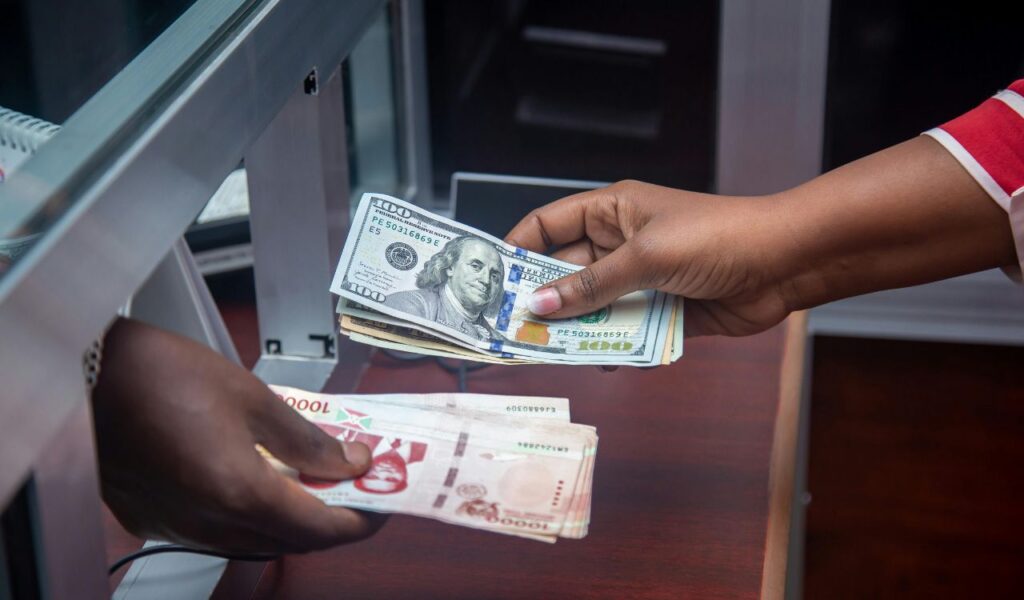
Carrying money wasn’t as easy as swiping a card. You brought traveler’s cheques or visited currency booths at airports and banks. Some places didn’t take foreign cards, and ATMs weren’t always reliable. You had to budget cash carefully and store it safely. Traveler’s cheques were seen as more secure, but also meant extra steps. Today’s tap-and-go ease didn’t exist, you planned every penny before you left home.
Waiting for Travel Shows on TV for Inspiration
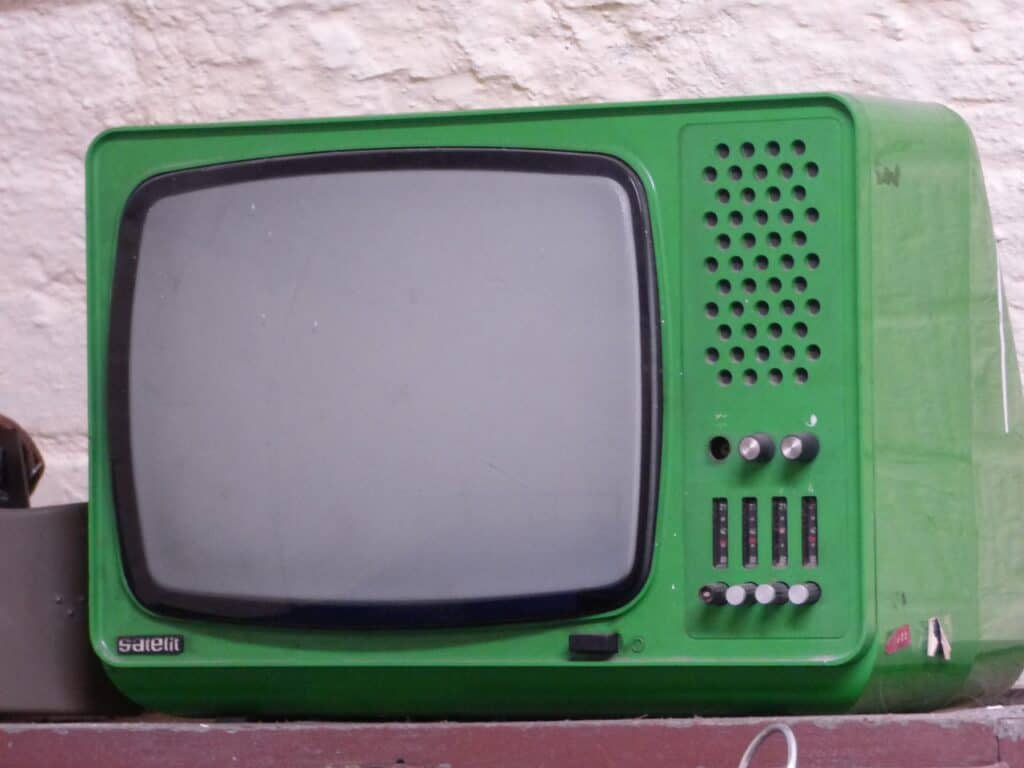
If you wanted destination ideas, you didn’t scroll through influencers. You waited for travel programs to air on TV and soaked up whatever the host covered that week. These shows shaped entire vacation dreams, even if the info was brief. It made discovering new places feel more curated and a bit magical, instead of the endless feed we scroll through today.